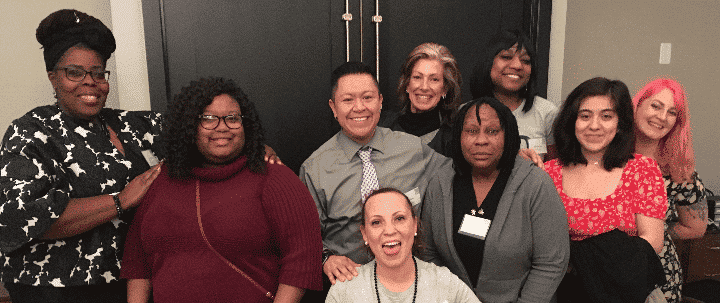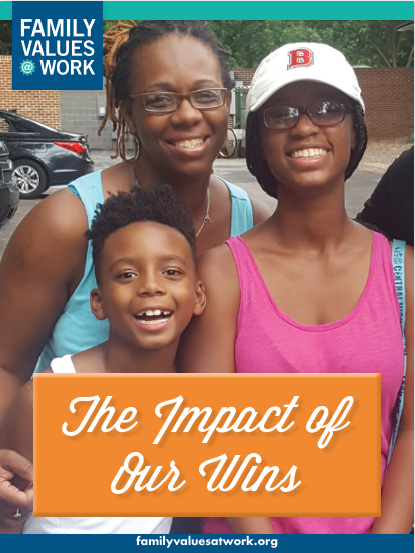27 Years After FMLA, Time To Go Further

Twenty-seven years ago, President Clinton signed the Family and Medical Leave Act (FMLA), which established that (many but not all) workers could take unpaid, job-protected leave to care for themselves or (some of their) family. It was the first, and so far only, national law protecting workers needing time to care.
FMLA was a significant win for workers, for businesses, and for our economy because it established the principle that having a family shouldn’t cost you your job or health insurance. Yet the FMLA excludes 40 percent of the workforce, and many who are eligible are unable to take the time they need because they can’t afford to be without pay. The law’s narrow definition of family leaves out many who need time to care for a loved one.
In recent years, leaders in Congress have introduced the FAMILY Act to make family and medical leave affordable and accessible. The legislation is popular with voters across all demographics and political views and stands a good chance of passage in the House this year, although the current Senate leadership will not allow consideration of the bill. Our Family Values @ Work (FV@W) network has joined forces with many other organizations to form the Paid Leave for All campaign, to ensure that effective paid leave becomes an issue in the 2020 elections and to make it clear that paid leave is not just good policy, but good politics.
Meanwhile, FV@W’s member coalitions and their partners have been paving the way for a federal bill with a host of victories in the states. These wins are modeling what affordable, accessible paid leave looks like and are building momentum for national change. You can see what these state policies mean to working families in our booklet, The Impact of Our Wins.
California began the trend in 2002 by building on its statewide short-term disability program so that workers in the state could take caregiving leave. As of August 2019, 8 states and Washington, DC, had established their own paid family and medical leave program. Because of these laws, 33 million more people now have access to time to care for themselves and their loved ones.
These states have gone well beyond the FMLA. While FMLA covers only businesses of 50 people or more, workers in businesses of any size are able to get paid family and medical leave. And while FMLA limits “family” to parents, spouse, and children, most states programs reflect a more realistic definition of our families, to include grandparents, grandchildren, siblings, and other loved ones related by blood or affinity whose close association is the equivalent of a family relationship.
The three states with the longest experience, California, Rhode Island, and New Jersey, all have positive reports to share. Six years after California implemented its law, most employers in that state reported that the program had either a positive effect or no noticeable effect on productivity, profitability/performance, turnover, and employee morale. And in both New Jersey and California, the law worked so well that the state government recently expanded the program; Rhode Island is looking to do the same.
The benefits of paid family and medical leave go far beyond the workers who are able to use it. In California, researchers found that rates of breastfeeding increased by 10-20 percent following passage of paid family leave. After the law took effect, hospital admissions for infants declined significantly resulting in savings of more than $200 million each year. The long-term effects of taking paid family and medical leave are also compelling, including improvements in everything from childhood obesity, attention deficit hyperactivity disorder, and hearing-related problems among elementary school-age children. Paid family leave also leads to higher employment and job continuity for mothers of new children, and even an 11 percent decline in elderly nursing home usage.
The most compelling evidence, of course, are the stories of those who have gained the time to bond with a new child, help a family member learn to walk again after a stroke, ease the passing of a beloved parent without worrying about how to pay the bills. Twenty-seven years after enactment of the FMLA, join us in working to ensure every working person can be there for those they love.
